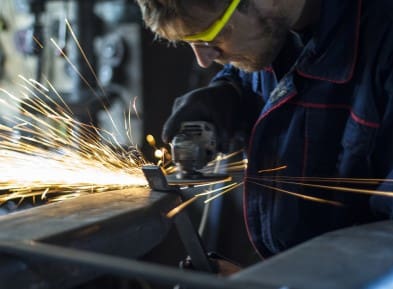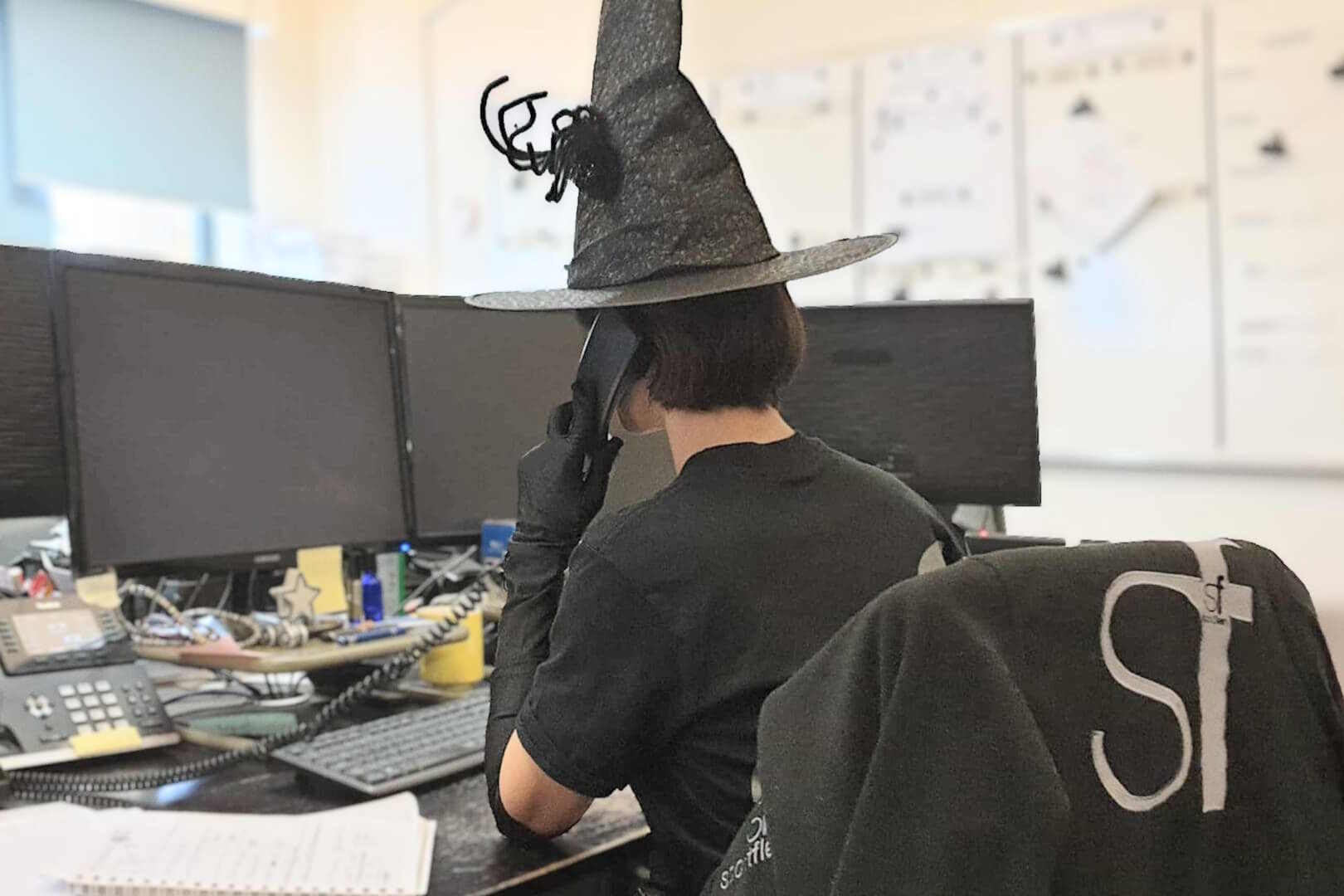Craftsmanship in the Digital Age: Marrying Traditional Techniques with Modern Technology
Craftsmanship in the Digital Age: Marrying Traditional Techniques with Modern Technology
Technology has expanded and accelerated the possibilities of craftsmanship today. Combined with traditional techniques, it provides a whole spectrum of new ways to bring any vision to life. Whether it’s fine art that is scored through with tech, 3D printing or graphic designers creating physical versions of their digital visions, we are moving beyond the bounds of what used to be possible thanks to the way that tradition and technology have combined.
Digital technology = an extension of craftsmanship?
Any process of creativity and creation requires experimentation and being perfected through skills, knowledge and experience. Over the years, the way we design a whole range of items – from shoes to furniture – has been revolutionised by technology. But, at the heart of this there is always the human influence. This is where innovation comes from and one of the reasons why it’s so important to maintain many traditional techniques – so that we know where we came from and where we’re trying to go. There are some who believe that craftsmanship and technology should not be combined – but there are so many advantages to this marriage of skill and progress that it’s impossible not to embrace it.
What is the modern definition of craftsmanship?
There are so many ways today in which machines are taking over from manual labour where craftsmanship is concerned. However, despite this, it’s important to acknowledge that this marriage of traditional and digital isn’t an argument for mass production. In fact, designs and products that are made in this way can be just as unique – perhaps more so – than those that have purely been created through manual labour. In fact, many people believe that digital production opens up even more scope for craftsmanship – though perhaps in different formats to those that we’re used to. In this new age there is the potential for even more connectivity between industries and disciplines that could produce ever-more innovative results.
Where are we seeing digital and traditional techniques used?
Textile design. In the context of textiles, traditional design is often seen as woven rugs or hand sewn embroidery, for example. There is so much innovation happening here thanks to the marriage of digital and traditional, including the creation of brand new textiles, such as Living Cotton. This is a non-woven fabric produced by modifying the molecular structure of pure cotton.
Furniture production. As we move further away from plastics and metal and back towards materials like wood and leather, 3D printing is changing craftsmanship as it is today. Many designers use 3D printing to create furniture, opting to leave it unsanded to generate the subtle irregularities that make each piece unique.
Without technology, we don’t have craftsmanship
It may sound like a controversial opinion but even the first humans had their flints to create fire – an early type of technology in itself. So, it’s arguable that marrying traditional techniques with modern technology is just natural evolution. Whether you agree or not, there is no disputing that technology is changing what’s possible with craftsmanship in the modern world today.
Still Have Questions?
Our friendly team is here to help you out.

